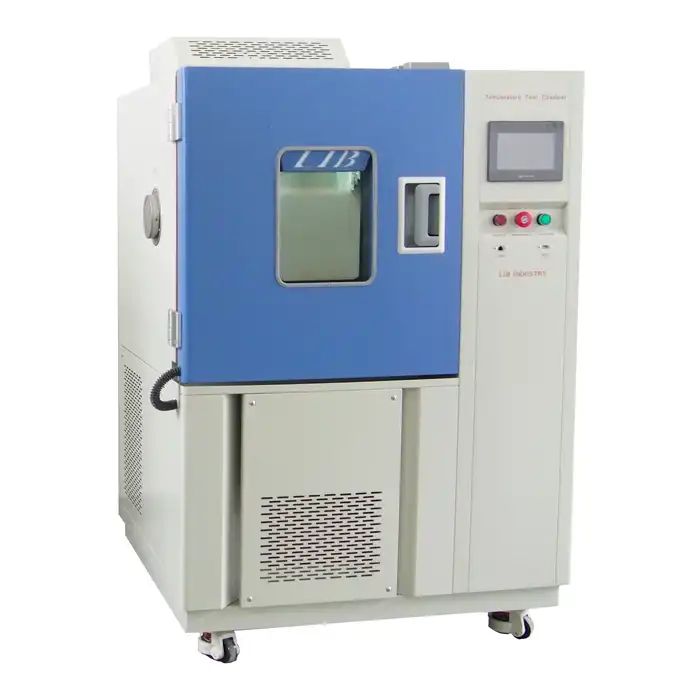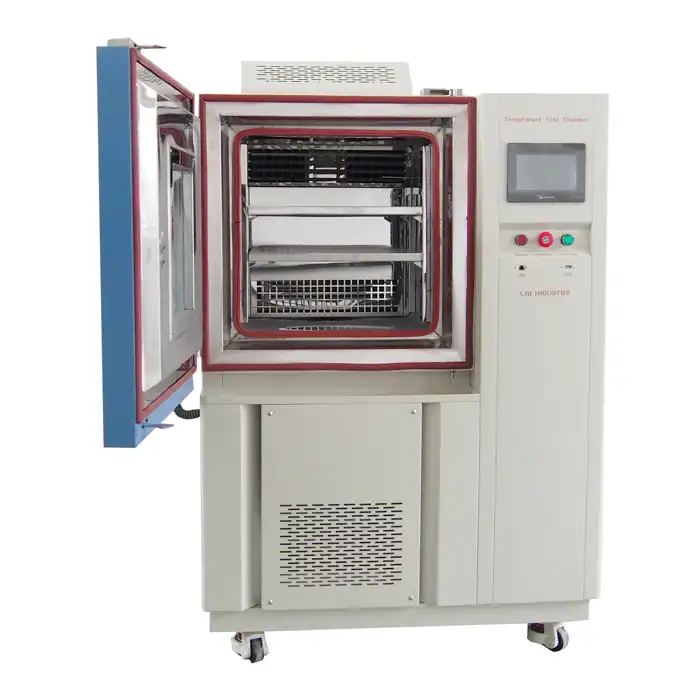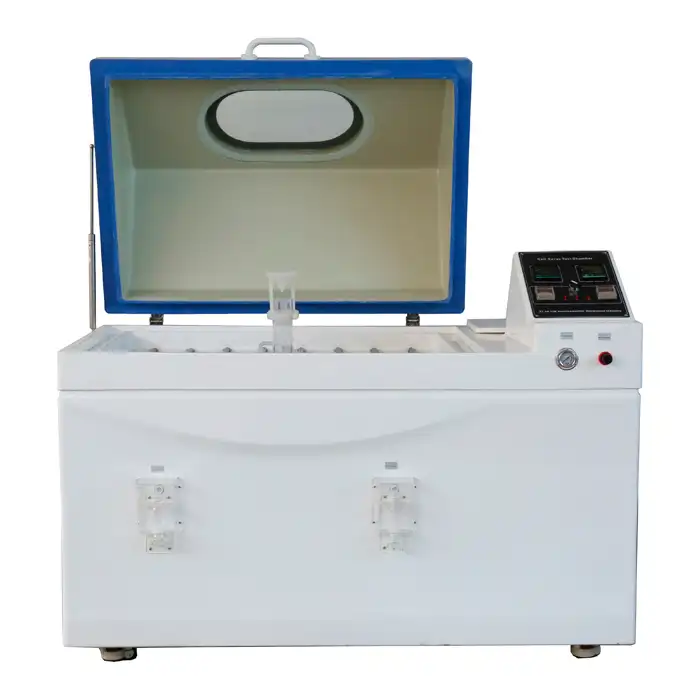What is an environmental testing chamber?
Environmental testing chambers are sophisticated devices designed to simulate various environmental conditions to test the durability and performance of products. These chambers play a crucial role in numerous industries, ensuring that products can withstand diverse atmospheric conditions they may encounter during their lifecycle. Let's delve deeper into the world of environmental test chambers and explore their significance in modern manufacturing and research.
The Fundamentals of Environmental Test Chambers
Definition and Purpose
An environmental test chamber is a controlled enclosure used to subject products or materials to specific environmental conditions. These chambers can replicate a wide range of atmospheric variables, including temperature, humidity, pressure, and exposure to various elements like salt spray or UV radiation. The primary purpose of these chambers is to evaluate how products perform and endure under different environmental stresses.
Types of Environmental Test Chambers
There are several types of environmental test chambers, each designed for specific testing requirements. Some common varieties include temperature and humidity chambers, thermal shock chambers, salt spray chambers, and altitude chambers. Each type is engineered to simulate particular environmental conditions, allowing manufacturers to test their products comprehensively.
Key Components
Environmental test chambers comprise several critical components that work in harmony to create and maintain desired conditions. These typically include heating and cooling systems, humidifiers, dehumidifiers, sensors, and control panels. Advanced chambers may also incorporate features like programmable controllers, data logging systems, and remote monitoring capabilities.
Applications of Environmental Testing Chambers
Industries Utilizing Environmental Test Chambers
Environmental test chambers are integral to a wide range of industries that demand high product reliability and performance. In the aerospace industry, these chambers are used to simulate extreme altitude, temperature. The automotive sector employs environmental testing to evaluate the durability of vehicle parts under varying climatic conditions, including extreme heat, cold, and humidity. The electronics industry relies on these chambers to test the resilience of devices and components against temperature fluctuations, moisture, and vibration. Pharmaceutical companies use environmental test chambers to assess the stability and shelf-life of drugs under different environmental stresses. Additionally, consumer goods manufacturers utilize these chambers to test products like textiles, plastics, and packaging materials for performance and quality assurance. Research institutions and academic laboratories also depend on environmental testing to conduct experiments and develop new materials and technologies under controlled conditions.
Common Testing Scenarios
Environmental test chambers are employed in a variety of testing scenarios tailored to specific industry needs. Accelerated aging tests are conducted to predict the lifespan and performance of products by exposing them to intensified environmental conditions over shorter periods. Temperature cycling tests evaluate how materials and components respond to rapid changes between high and low temperatures, which is essential for identifying thermal stress-related failures in electronics and mechanical parts. Humidity testing assesses the effects of moisture on products, crucial for materials like wood, textiles, and electronic circuits that may degrade or malfunction when exposed to high humidity levels. Corrosion testing involves subjecting metals and coatings to salt spray and other corrosive environments to determine their resistance and durability, vital for automotive and construction materials. Additionally, environmental chambers are used for vibration and shock testing, simulating transportation and operational stresses to ensure products can withstand real-world conditions. Solar radiation tests are also performed to evaluate the impact of sunlight exposure on materials, important for outdoor equipment and structures.
Benefits of Environmental Testing
The utilization of environmental test chambers offers numerous advantages that contribute to product excellence and market competitiveness. By identifying potential product failures early in the development process, manufacturers can implement necessary improvements, thereby reducing costly warranty claims and enhancing customer satisfaction. Environmental testing facilitates the optimization of product designs, ensuring that products not only meet but exceed performance expectations under various conditions. It also ensures compliance with international and industry-specific standards, which is essential for market access and consumer trust. Through rigorous testing, companies can achieve higher levels of product quality and reliability, leading to a stronger brand reputation and increased customer loyalty. Moreover, environmental testing contributes to cost savings by preventing premature product failures and reducing the need for extensive post-market modifications. In research and development, these tests enable scientists and engineers to explore the limits of materials and components, fostering innovation and the development of advanced technologies that can operate effectively in challenging environments.
Choosing the Right Environmental Test Chamber
Factors to Consider
Selecting the appropriate environmental test chamber requires careful consideration of several factors. These include the specific testing requirements, the size and nature of the products to be tested, the range of environmental conditions to be simulated, and the desired level of accuracy and control. It's also important to consider factors like chamber capacity, programmability, and ease of maintenance when selecting.
Customization Options
Many manufacturers offer customization options for environmental test chambers to meet specific testing needs. This may include modifications to chamber size, the addition of specialized features like vibration testing capabilities, or the integration of advanced control and monitoring systems. Customization ensures that the chamber aligns perfectly with the unique requirements of each testing application.
Maintenance and Calibration
To ensure accurate and reliable results, environmental test chambers require regular maintenance and calibration. This includes routine inspections, cleaning, and servicing of components like heating and cooling systems, humidity generators, and sensors. Proper calibration is essential to maintain the accuracy of the chamber's environmental controls and ensure the validity of test results.
Conclusion
Environmental test chambers are indispensable tools in modern product development and quality assurance processes. They provide a controlled environment for testing products under various atmospheric conditions, helping manufacturers ensure the reliability and durability of their offerings. As industries continue to evolve and product standards become more stringent, the role of environmental testing chambers in guaranteeing product quality and performance will only grow in importance.
LIB Industry specializes in providing comprehensive solutions for environmental testing, offering a range of services from research and design to production, commissioning, delivery, installation, and training. Our team is committed to delivering tailored products and services that meet our customers' specific requirements. For more information about our environmental test chambers and services, please contact us at info@libtestchamber.com.
References
1. Smith, J. (2022). "Environmental Testing: Principles and Applications in Modern Manufacturing"
2. Johnson, A. et al. (2021). "Advances in Environmental Test Chamber Technology"
3. Brown, R. (2023). "The Role of Environmental Testing in Product Development"
4. Lee, S. and Park, K. (2022). "Comparative Analysis of Different Types of Environmental Test Chambers"
5. Wilson, M. (2021). "Best Practices in Environmental Testing: A Comprehensive Guide"
6. Thompson, E. (2023). "Environmental Test Chambers: Selection, Operation, and Maintenance"



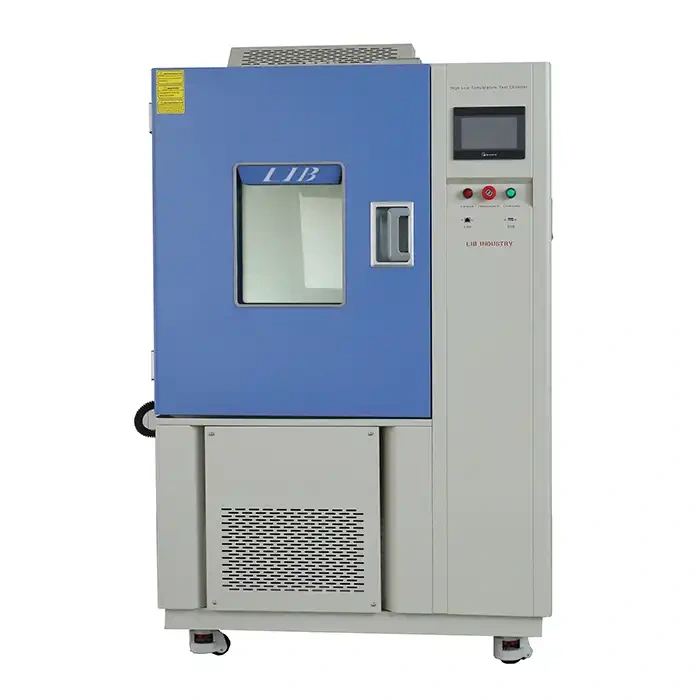
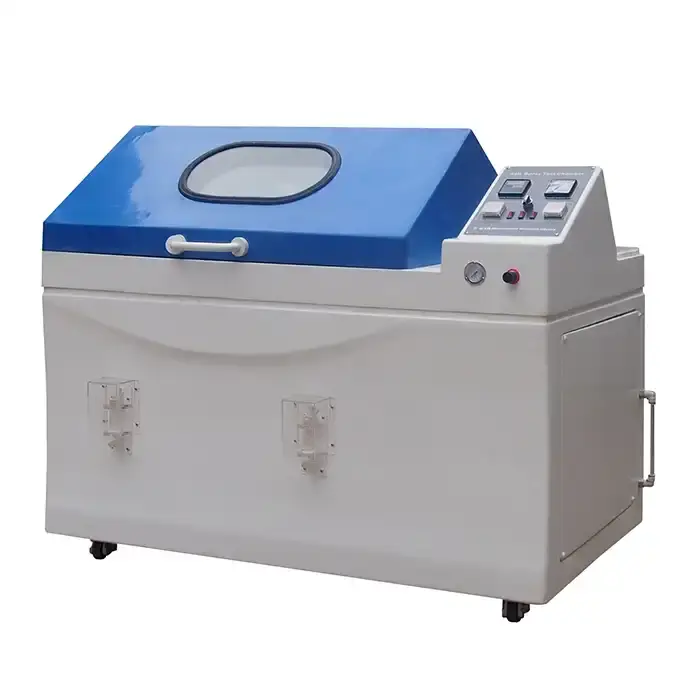
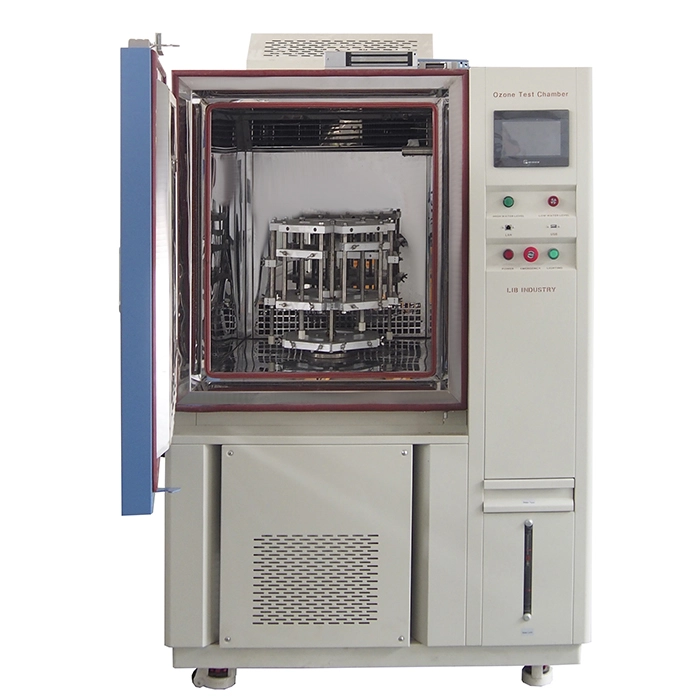
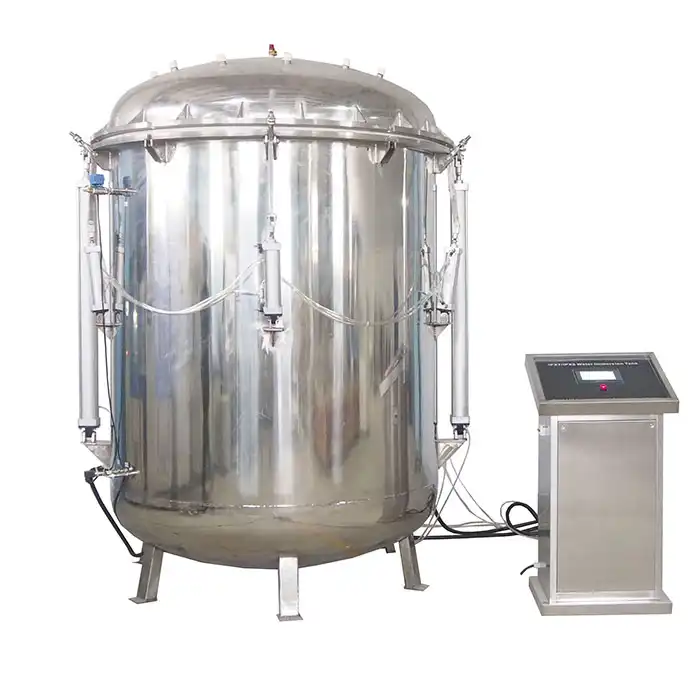
.webp)
